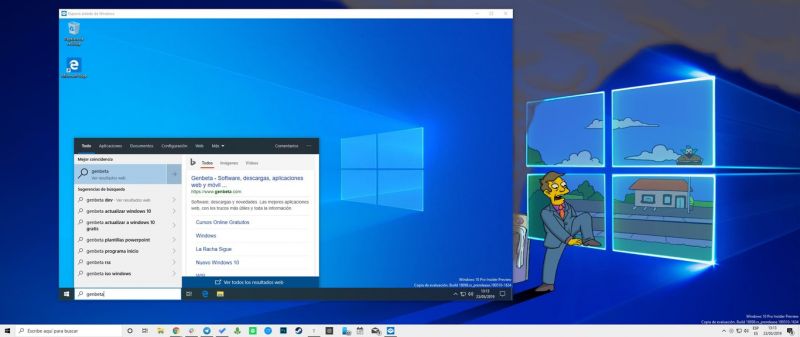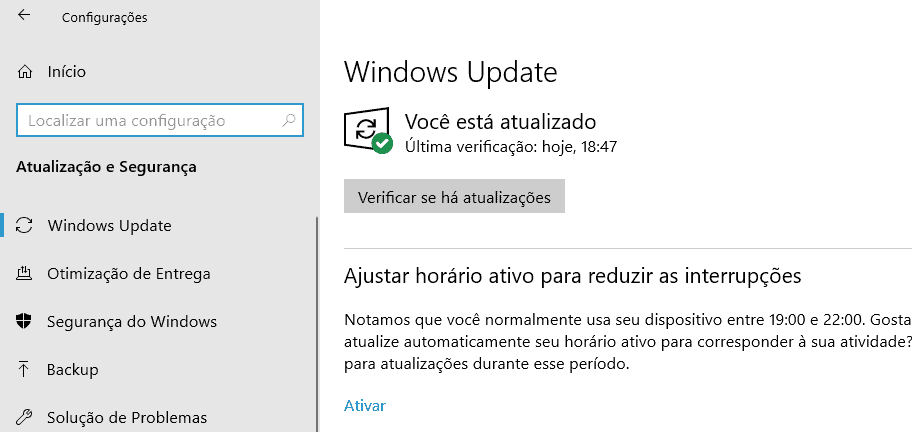

Once a component is marked as a LDR component, the only way to moveīack to the GDR branch is to uninstall all Hotfixes for thatĬomponent, or move to the next available service pack. With both the GDR and LDR versions of the component. This is possible because each Update package ships Will automatically install the appropriate latest version from the LDRīranch for you. Newer Update over this component, the Windows servicing technology Particular component is marked as a LDR component. Hotfix package are migrated to the LDR branch. When you install a specific Hotfix, the files and components in the

Update for a GDR component, it gets upgraded with the GDR version. 1511 to 1607).īy default, all components on Windows systems start on the GDR branchįollowing each major release. Update to a new build of Windows 10 (i.e. Setup process that occurs when one build of Windows 10 is trying to Item 5: Windows 10 Dynamic Update: This includes only updates to the Windows 10 when it is trying to perform a Dynamic Update (see item 5 These updates are only used by the current GDR build of Windows 10 GDR-DU: GDR = General Distribution Release, DU=Dynamic See there for a quick info, not official, but still point to the same answer than the Microsoft's source:

It's a mechanism to get fixes in place without

Update as part of the upgrade process, as long asĭynamic update is enabled (which is the default). GDRDU just means that when you install Windows 10ġ607, it will automatically download and inject the (not for normal updating).Ī description for GDR-DU from a Microsoft source there, official (but on an archived mailing list). From the information I have it's file kept for upgrading from a build to another, to prevent a fresh system re-install (like build 1511 to 1607). Sadly from TechNet no resource seem wrote for that. GDR-DU mean General Distribution Release (Dynamic Update)


 0 kommentar(er)
0 kommentar(er)
